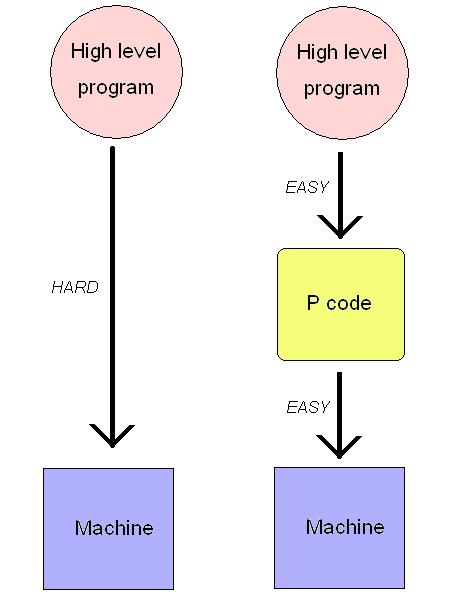In the U.S. when we talk about children we throw around the phrase “K – 12”, meaning “Kindergarten through twelfth grade”, the school years that start roughly at the age of five, the average age at which kids enter Kindergarten, through eighteen, the average age at which they graduate high school. It’s a useful and very practical term, but like many useful and practical terms it is also a two edge sword. When you put a label on something, there is a tendency for the label to reduce the thing it is trying to describe, and something essential can get lost in that reduction.
Children in this age range constitute an extremely large segment of our population. To those of us who are now adults, they are basically the next edition of us. Rightly, we want each of those children to have the best possible shot at “Life, Liberty and the Pursuit of Happiness”, as our Declaration of Independence phrases it. And so we have put into place an elaborate institutional structure, a kind of educational pipeline, to guide their young minds through into adulthood.
We grownups have all gone through the process, and usually we don’t think much about it, except perhaps in a pro forma way. In our memory of those years we generally tend to block out those parts of the experience that don’t fit the model. But every once in a while, actual memories break through, pushing aside any conveniently pastoral Potemkin recollections.
For example, my real memories of middle school (grades 6-8) – not the ones I generally pretend to have – are of complete terror and chaos. I spent a large chunk of those years in fear of getting beat up. To put it bluntly, from the point of view of a child who was a little younger and a little smaller, the school was a complete jungle. Big kids lorded over little kids, and there was a distinct pecking order, which for boys was determined by physical might. I was one of those pesky little kids who was too smart for his own good, who didn’t always have enough sense to keep my mouth shut, and fairly often I would pay the price.
What strikes me now about this situation is that we, the children, all understood how completely irrelevant were the adults charged with supervising us. It was a bit like those old “Peanuts” cartoons in which the adult voices heard off screen are not even comprehensible. Yes, every once in a while somebody would get hauled into the Assistant Principal’s office, but those actions didn’t seem to correlate to what was actually happening on the ground, so to speak.
For one thing, there was a strict code of honor that was understood by all children – I suspect on an instinctive level. Simply put, you did not rat out other kids to the grown-ups, even if you got beat up. After all, those other kids were your peers – you lived with them every day. And you already knew that the grownups had no idea what was going on, what any of us were really going through.
This reign of terror in my life lasted for about three years or so, roughly from the time kids around me started going through puberty until the year I myself suddenly shot up in height and stopped being a natural target. The same odd activities that had made me stand out and gotten me into trouble in middle school – like spending large chunks of the day reading through the Encyclopedia – were now perfectly acceptable, placing me in a well understood and even respected category within the high school social structure.
I sometimes think that our entire conception of K – 12, our view of the young among us as little plants to systematically nurture into bigger plants – like some sort of human hydroponic assembly line – is deeply flawed, but not because of some failure of educational theory. Rather because the entire institutional structure does not deal first and foremost with the actual people themselves, does not even begin to respect – or even acknowledge – the immense pressures and terrors that they are dealing with every day.
Some years ago I found myself back at my old middle school, for the first time in many years, to see a play that my niece’s class was putting on. During intermission I was hanging out with some of my parents’ friends outside the auditorium. Since they knew I had gone to this same school, they asked me whether being here brought back any memories. “Yes,” I said, as the memories suddenly came flooding back. I pointed to the boy’s restroom down the hall. “I got beat up in there.” Then I pointed in the direction of the science wing. “I also got beat up in that hallway.” One by one I pointed out the various locations where I had been met with violence, each time and place now crystal clear in my mind.
My parents’ friends seemed appalled. “Don’t you have any happy memories?” they asked. I thought about this for a few moments, and then I nodded, glad to have something positive to report. “Yes, one. Inside the auditorium, by the stage door on the left side, just where it connects to the music practice rooms. There was one time, in sixth grade, when I almost got beat up right there.”
I continued, now smiling at the happy memory. “But I didn’t.”



